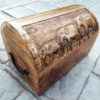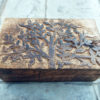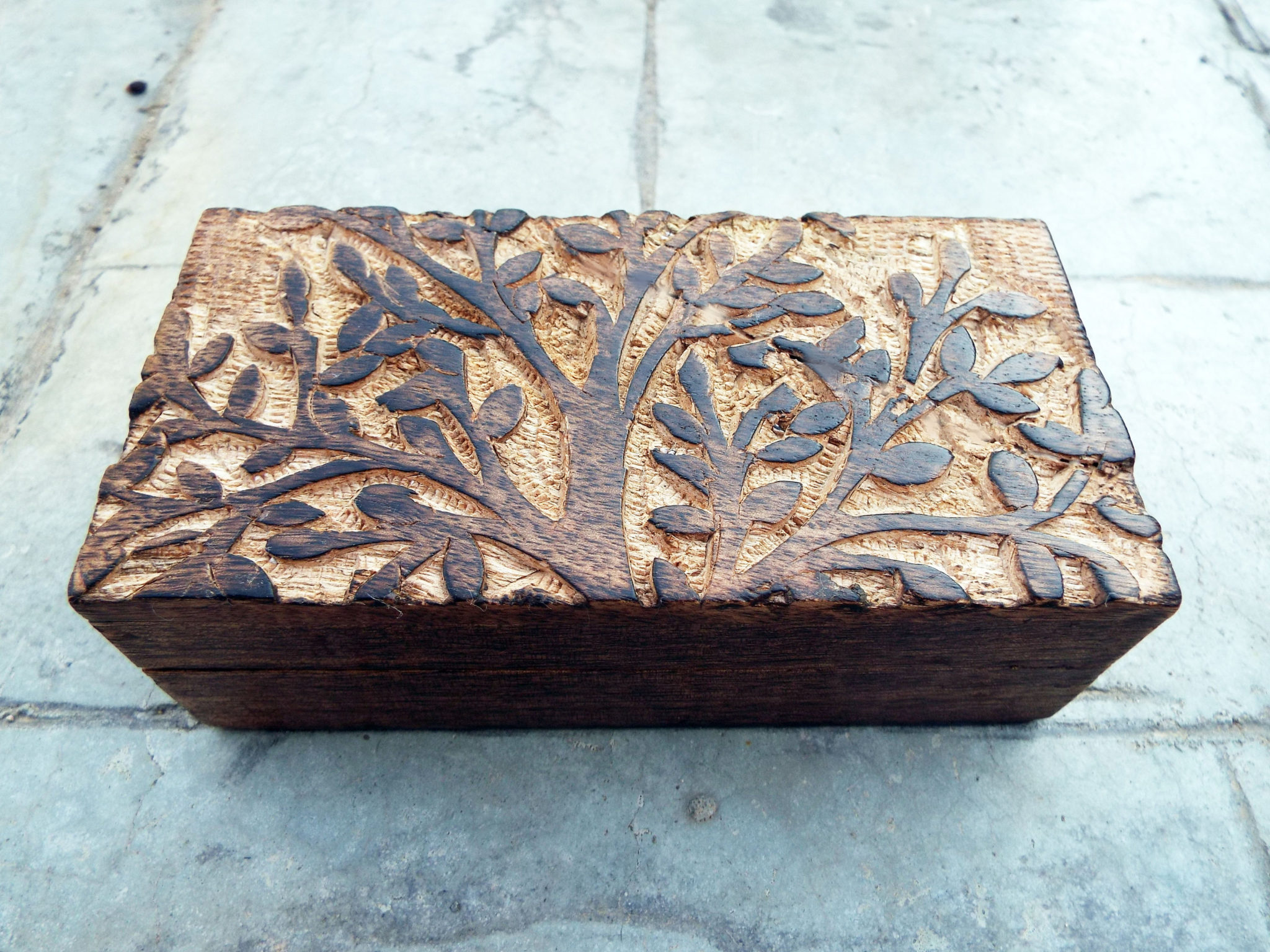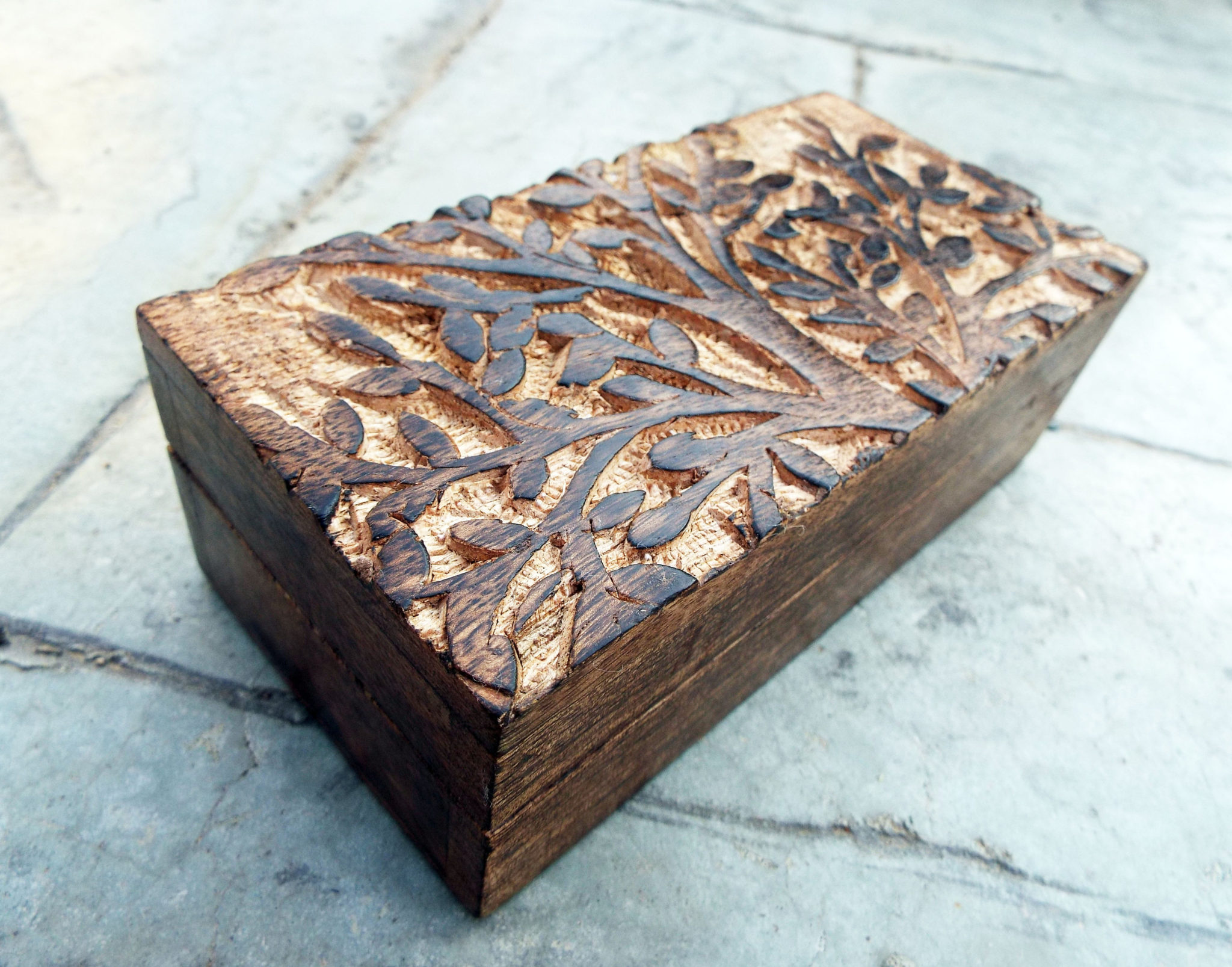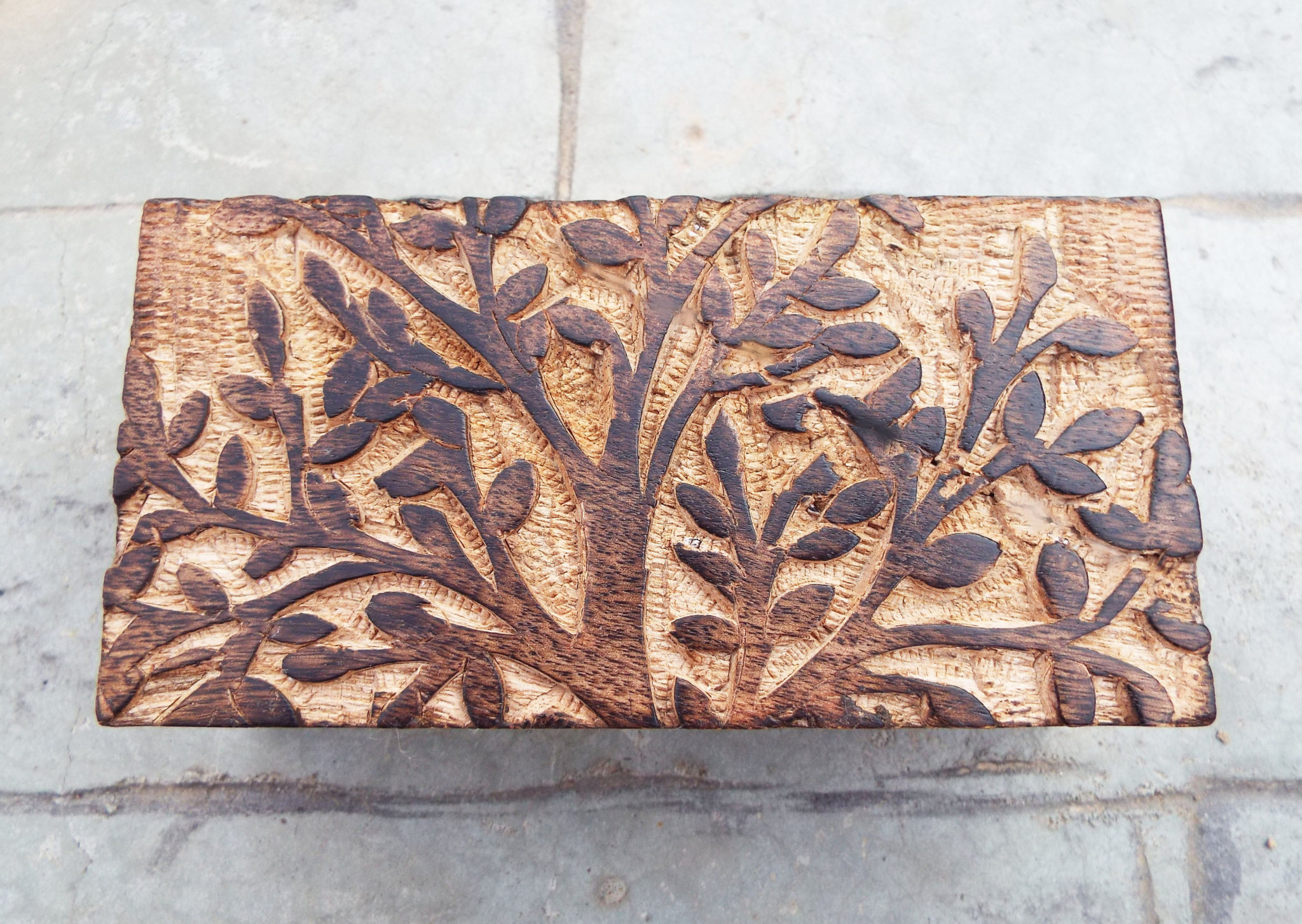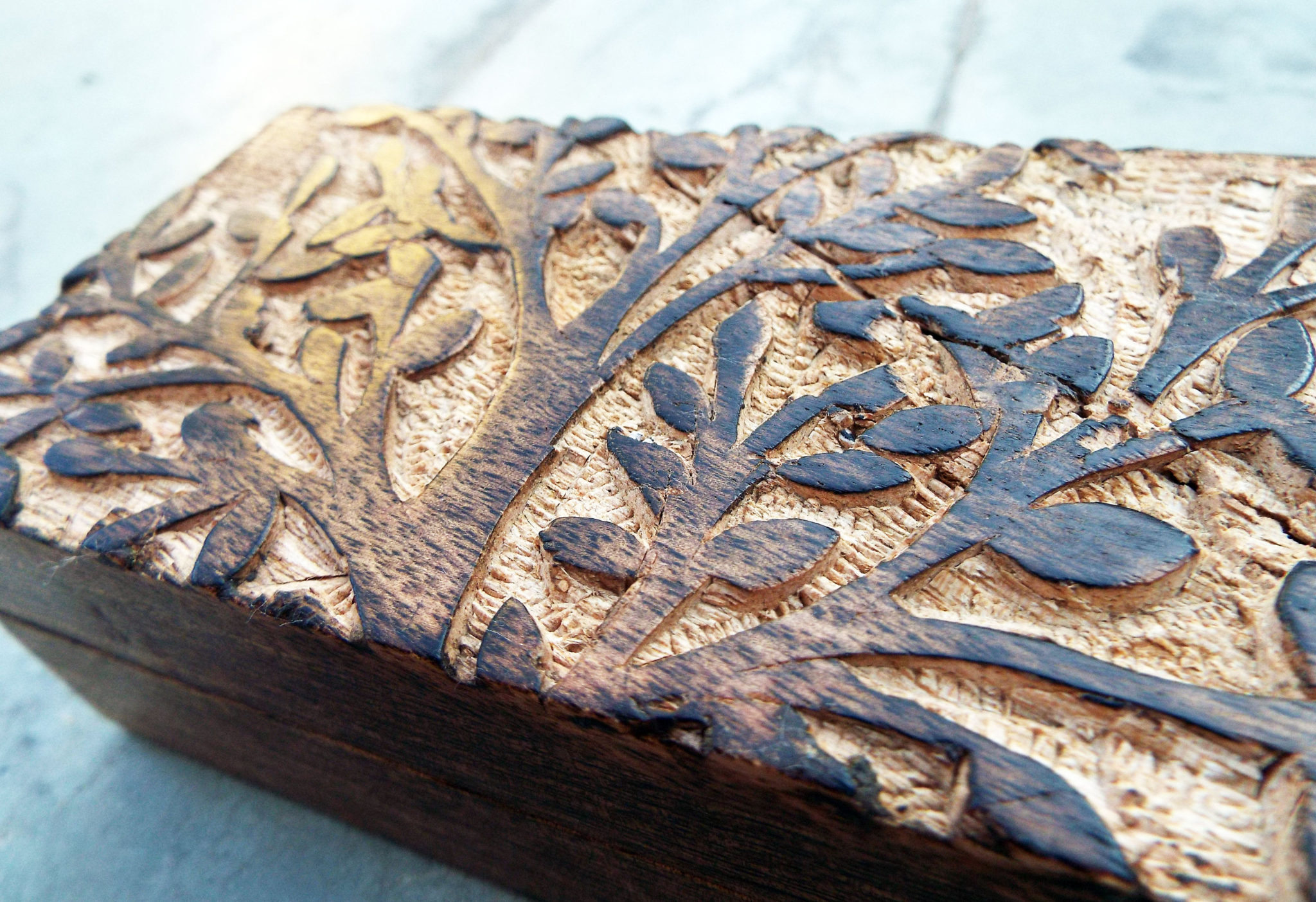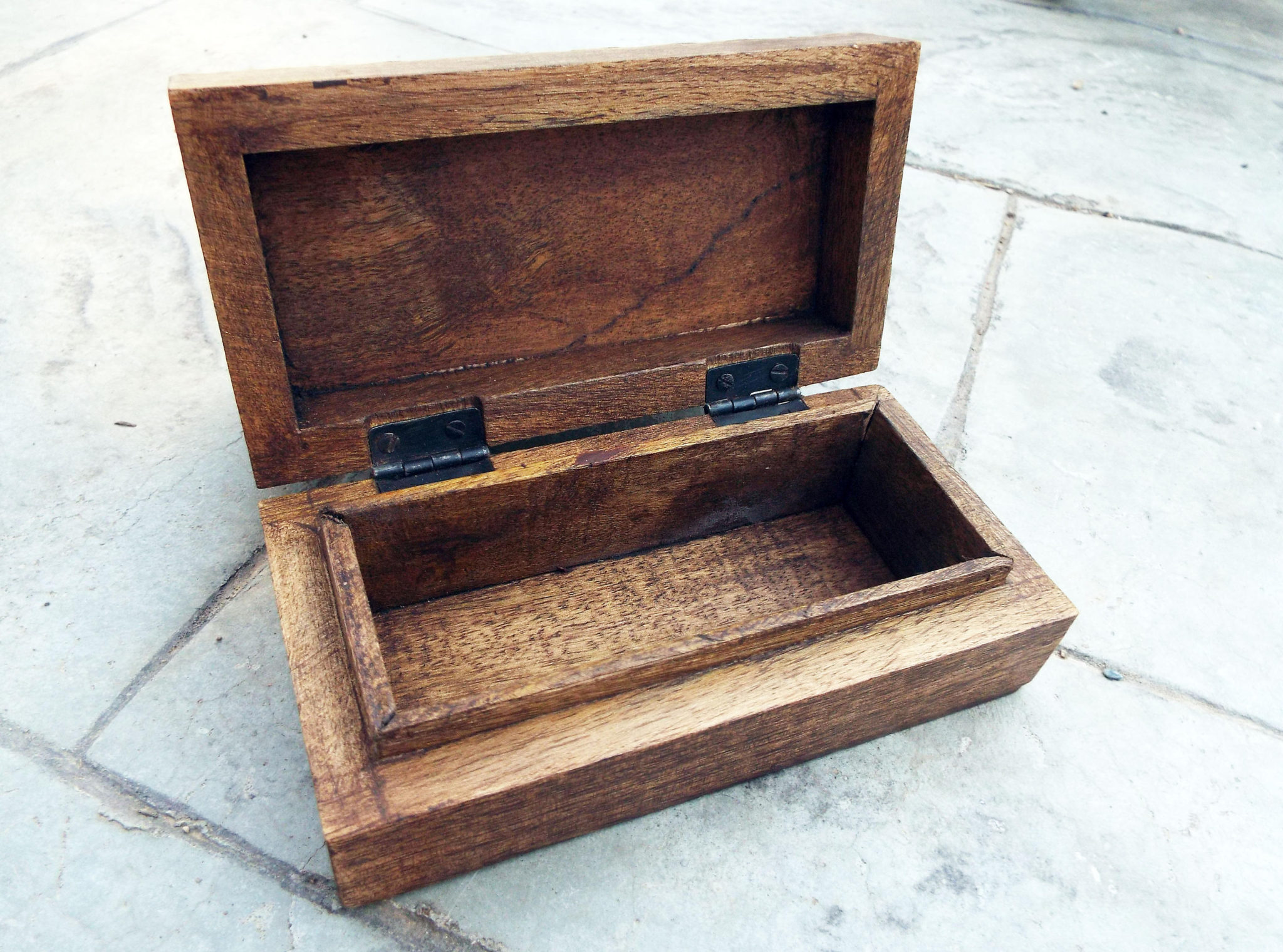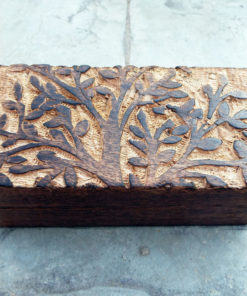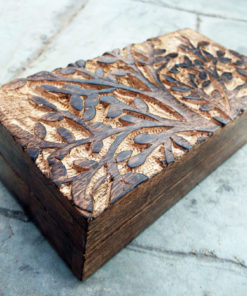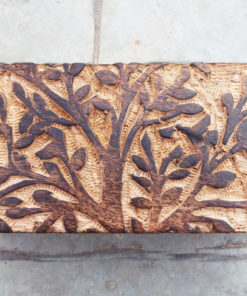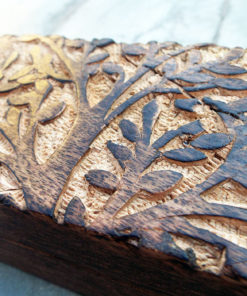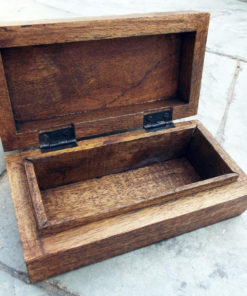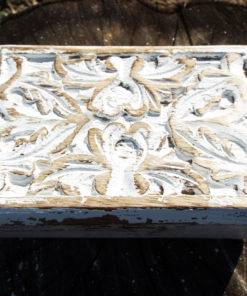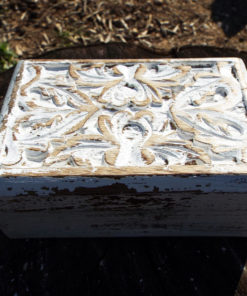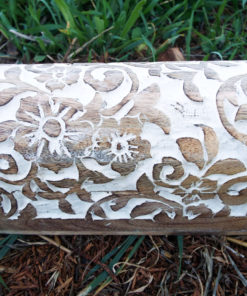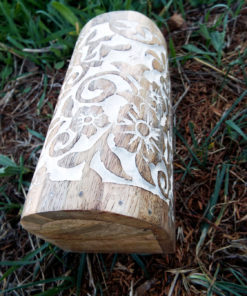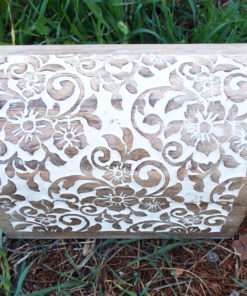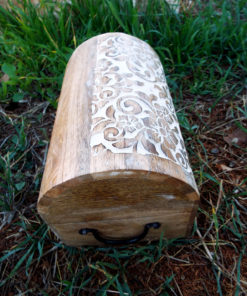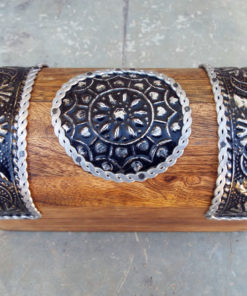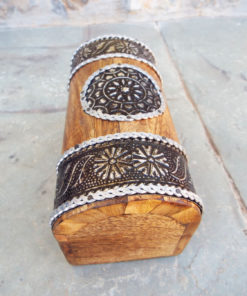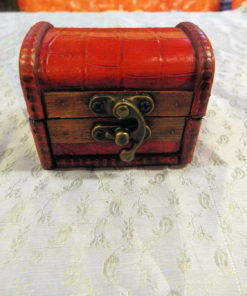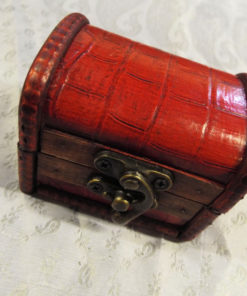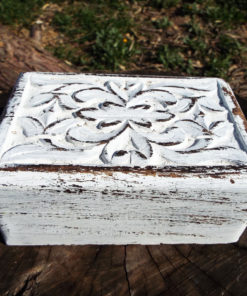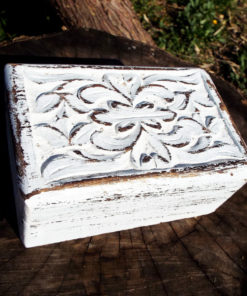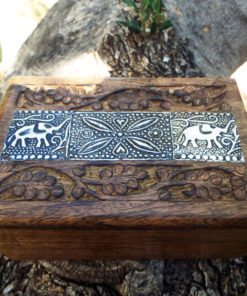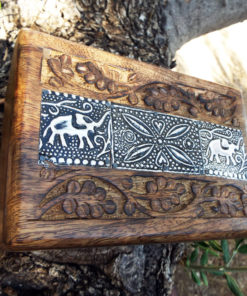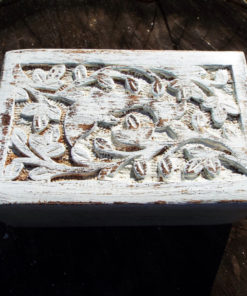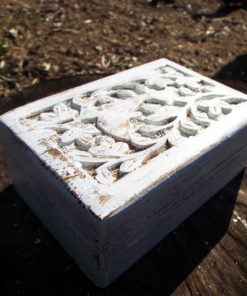Tree of Life Wooden Box
16,75 $ (includes VAT)
In Egyptian mythology, the first couple are Isis and Osiris. They have emerged from the acacia tree of Iusaaset, which the Egyptians considered the tree of life. Egyptians considered the Tree of Life to be the tree in which life and death are enclosed. The direction East was associated with the direction of Life, the …
3 in stock
Tree of life:In Egyptian mythology, the first couple are Isis and Osiris. They have emerged from the acacia tree of Iusaaset, which the Egyptians considered the tree of life. Egyptians considered the Tree of Life to be the tree in which life and death are enclosed. The direction East was associated with the direction of Life, the direction of the rising Sun, and the direction West was seen as the direction of death, of under-world, because Sun sets in the West.
Within the Nordic cultures we also find a Tree of Life called Yggdrasil. It is a massive holy ash tree where Gods assemble daily. the tree provides a magical springwater of knowledge. An eagle is on the top of the tree and a serpent is coiled around the roots of the tree. The eagle and the snake hate each other.
On the top of the above tree is the symbol of Thor, the eagle. The dogs guarding the Tree emulate the guardian lions depicted in Byzantine works.
The Celtic tree of Life is often drawn showing the branches reaching skyward and the roots spreading out into the earth below symbolising the Druid belief in the link between heaven and earth.
Trees were an important aspect of Celtic Culture. They provided shelter and food, and warmth through fire wood. They also acted as a home for other animals, birds and insects. The Druids would hold their classes and meetings under the trees and, when clearing a settlement, the ancient Celts would always leave a tree standing in the centre.
Spiritually, the Celts believed that trees were the ancestors of man and had a connection to the other world. The most sacred of trees was the oak, or ‘daur’ in Celtic, which is where we get the modern word ‘door’. So the oak tree, literally would have been the door to the other world.
The Tree of Life exists in many cultures, religions and mythologies, including those of Ancient Egypt, China, the Kabbalah and the Mayans.
This beautiful handmade box is hand carved and has intricate branches.
It’s made from Mango Tree Wood which is eco-friendly for the following reasons:
– Responsible management of mango plantations adds to the sustainability of mango wood. Cut-down trees are immediately replaced, and only old, fruitless trees are harvested for wood.
– The use of mango wood prevents teak and other endangered woods from being harvested from the wild.
– Manufacturing of wood products provides additional revenue for mango farmers, supporting the local community.
– Overall deforestation is reduced by using domestic mango wood.
– Mango wood is relatively hard and dense and therefore very durable, requiring little to no maintenance.
– Using the mango wood from cut-down trees reduces carbon emissions, because the wood is not left to rot (rotting wood produces carbon dioxide).
The measurements are as follows:
15cm long
7.5cm wide
5cm high
It would make a very unique addition to your home decor collection 🙂
If you have any questions feel free to ask!
Happy buying 🙂
| Materials | |
|---|---|
| Measurements | 15cm long, 5cm high, 7.5cm wide |
Related products
All Boxes
All Boxes
All Boxes
All Boxes
All Boxes
All Boxes
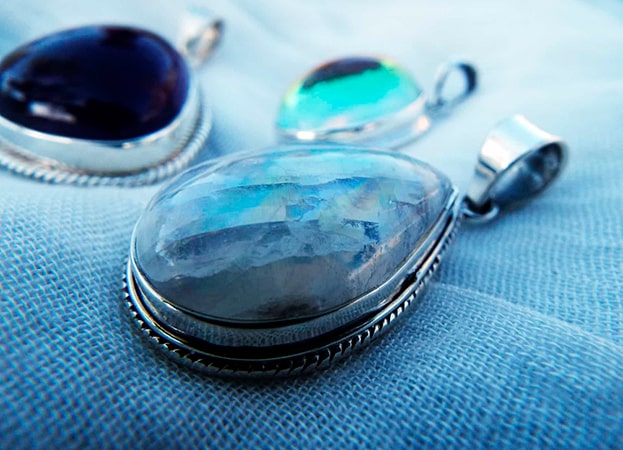

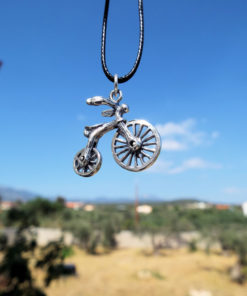 Bicycle Pendant Handmade Necklace Sterling Silver 925 Vintage Jewelry
Bicycle Pendant Handmade Necklace Sterling Silver 925 Vintage Jewelry 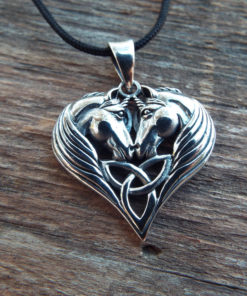 Unicorn Pendant Horse Triquetra Sterling Silver Handmade Necklace Jewelry
Unicorn Pendant Horse Triquetra Sterling Silver Handmade Necklace Jewelry 
